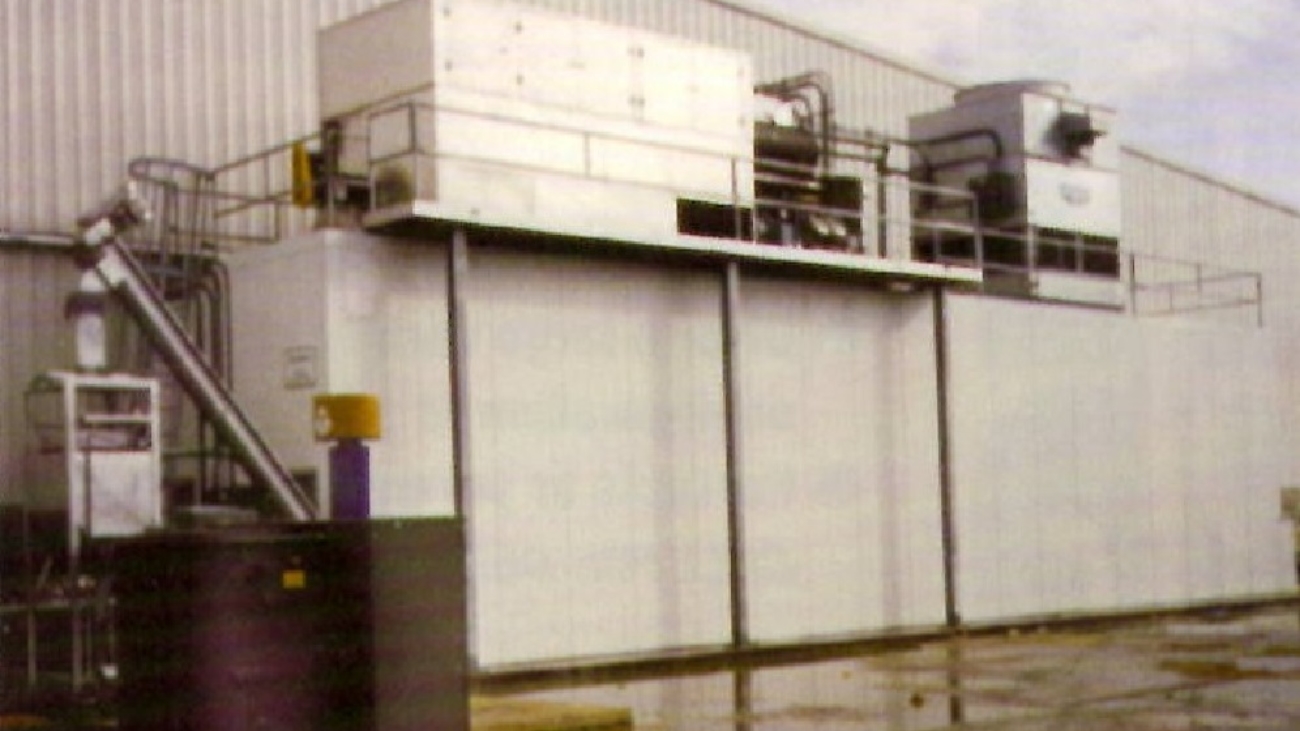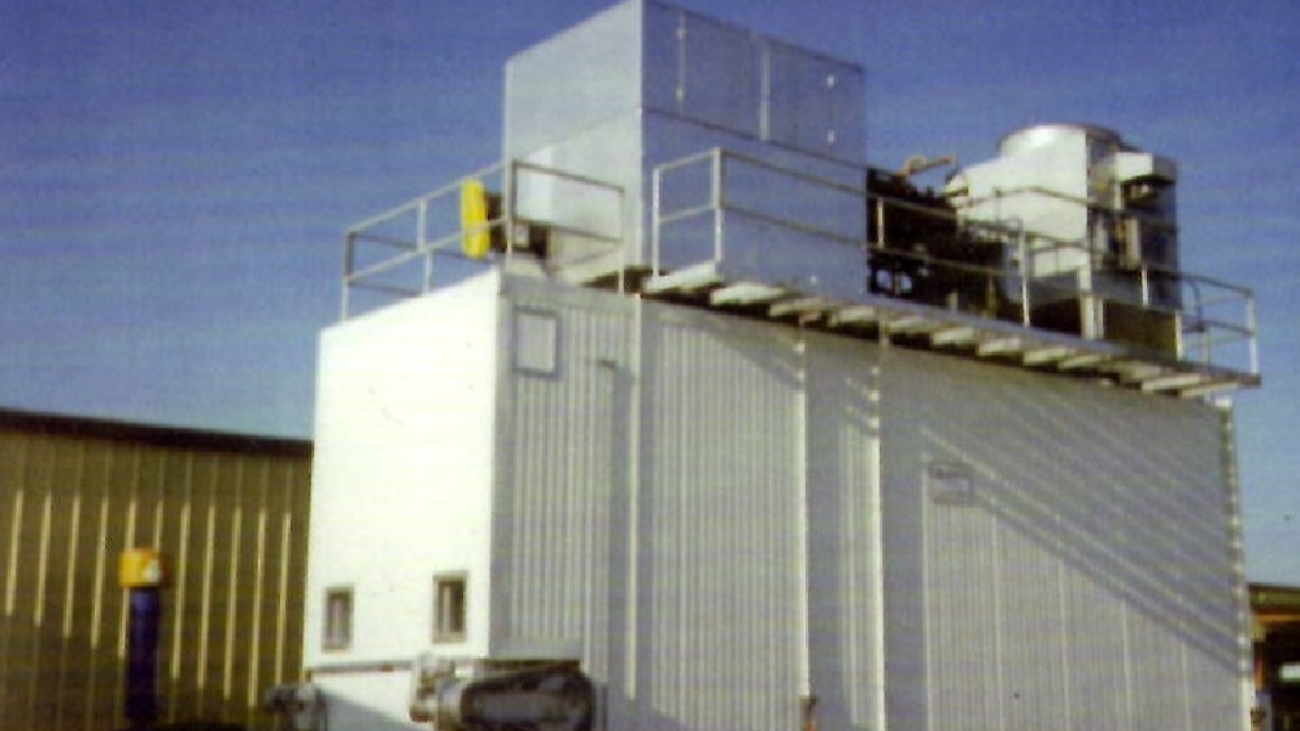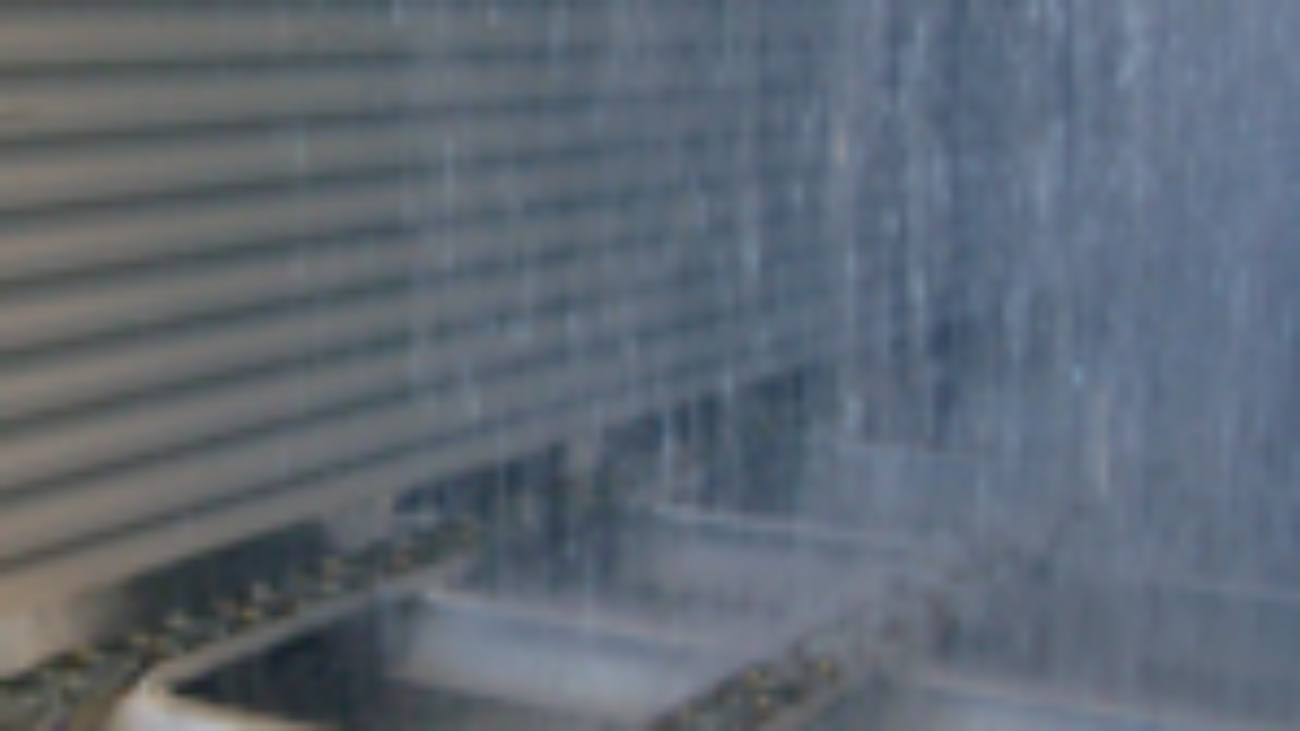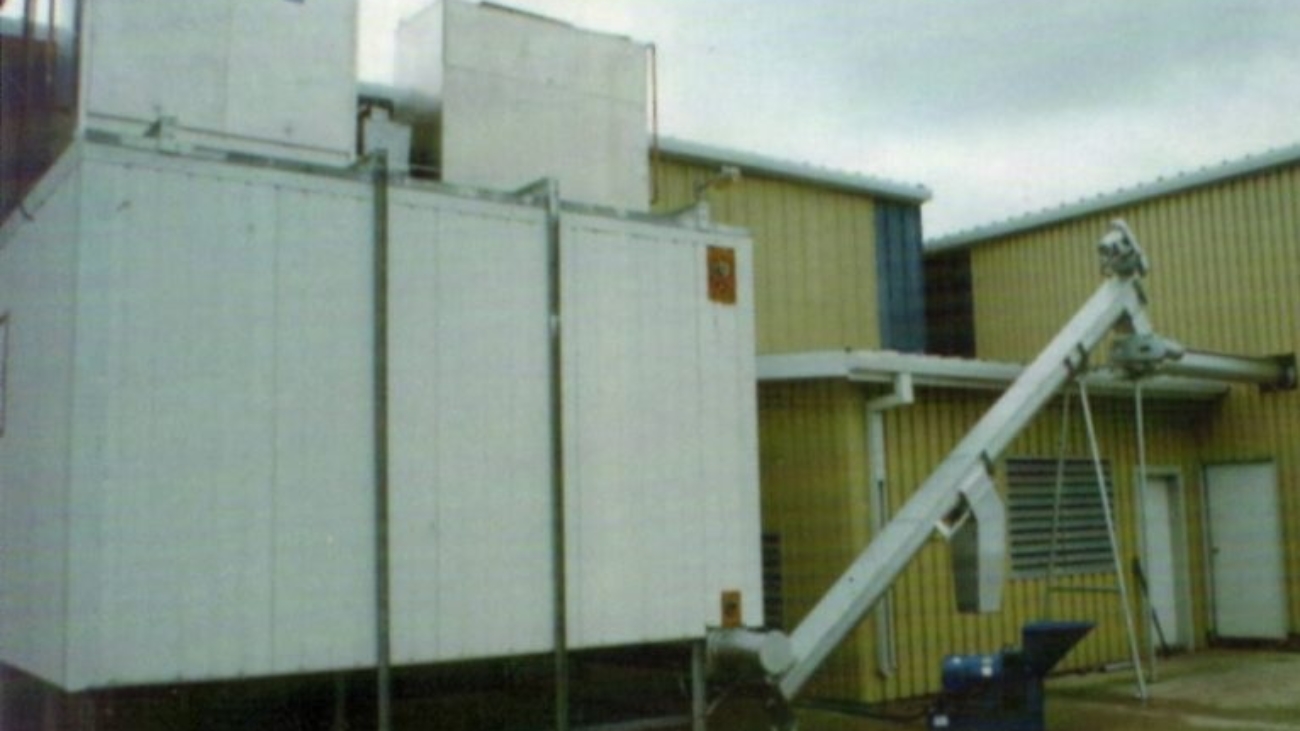Apples are one of the most popular fruits in the world. Estimates place the amount of apples grown worldwide to have been about 69 million tons in 2010. Proper apple handling, cooling, and storage is essential to the overall quality and taste of the ultimate apple or apple product that makes its way to end consumers. Fortunately there are several excellent cooling and storing methods available to those who grow, ship, and sell apples.
General Facts About Apples
There are over 7,500 known varieties or cultivars of apples. Each different variety comes with its own set of characteristics; however, just about all are susceptible to some extent to bruising and mechanical damage. As such it is important for harvesters and workers to avoid dropping apples, or over-stuffing boxes.
Apples are susceptible to sun and heat damage. For this reason it is crucial that harvested apples not be allowed to sit in the sun for hours and that apple boxes and crates be well ventilated. Apples should also be cooled as soon as possible after harvesting to slow deterioration and quality loss.
General Information About Cooling and Storing Apples
For the successful cooling and storing of apples it is important to keep the following considerations in mind: respiration and its effect on degradation, relative humidity and its effect on the apple’s water and weight loss, chilling and re-chilling and how it can contribute to bacteria or fungi growth, and cooler and equipment maintenance and the impact this has on apple cooling and storage.
Respiration and Degradation – Apples continue to respire even after they are picked. It is this respiration which is largely responsible for their degradation and general loss of quality. However, respiration can be slowed if the apples are properly cooled, thereby minimizing degradation, maintaining quality, and extending shelf life.
As a general rule of thumb, the higher the holding temperature the greater the respiration and softening rate. Most varieties of apples will respire and degrade at twice the rate when they are kept at 40°F versus 32°F. At 60°F apples will respire and degrade a startling six times faster than at 32°F. It is generally a good idea to avoid subjecting the apples to temperatures more than a degree or two below 32°F, however, because they could suffer freeze damage.
Another important point to remember is that most coolers and thermometers will measure the temperature of the air rather than the temperature of the apples themselves. The actual apples are often a few degrees higher in temperature.
Relative Humidity – Relative humidity is an important factor in apple cooling and storage because if the relative humidity is too low it will cause the apples to dry out and suffer weight loss. Most varieties of apples need a relative humidity of about 90% to 95%. In some cases this will require the use of humidifiers in the storage rooms to add water vapor to the air.
Storage – Apples are known to “sweat” when they are removed from a cool storage environment and abruptly exposed to warm air. Likewise this sweating may occur if the cooler or storage facility is opened and warm air is allowed to enter. What is actually happening is that moisture is condensing on the apples. While this does not itself directly harm the apples, it can contribute to bacterial and fungal growth. Chilled apples should also not be allowed to warm up and then be re-chilled, since this can also contribute to the problem.
To prevent the growth of pathogens it is crucial that storage rooms and containers be kept clean and sanitary. Likewise, while apples prefer high relative humidity levels of 90%-95% the humidity should not be allowed to reach the saturation point of 100% since this too can cause moisture and condensation to form and once again promote bacterial growth.
Cooler Maintenance – Good cooler maintenance is also crucial to the proper cooling and storage of apples. The thermostats and humidistats should be periodically checked for accuracy, fans, ducts, and refrigerations coils should undergo routine cleaning and inspection, and gaskets should be checked to confirm a good seal. It is also important to monitor the cooler for potential air leaks or damaged insulation. Good upkeep and cooler maintenance will also help keep energy costs as low as possible and extend the service life of the cooler.
Methods of Cooling Apples
There are several different appropriate methods for cooling apples including: room cooling, forced-air cooling, and hydrocooling. Apples that are being stored long-term may also be subject to controlled atmosphere storage. What follows is a brief description of each as they relate to apples.
Room Cooling – Room cooling involves placing the apples in a chilled room such as a cooler to allow them to cool gradually as a result of ambient conditions. When it comes to room cooling it is important that the apples be well-ventilated, otherwise apples near the center of the boxes may not properly cool. The bulk apple boxes themselves should be stacked at least six inches apart from each other and at least eight inches away from an external wall or ceiling.
Room cooling is one of the least expensive methods of cooling apples and it also has the benefit of requiring little extra handling and labor since the apples are also likely to be stored, at least short-term, in the same refrigerated room that did the cooling. However, room cooling also has the disadvantage of being one of the slowest methods of cooling apples and it generally takes anywhere from several days to two or more weeks to fully cool the apples. Apples in the middle of the box may never fully cool since there is a natural heat increase from respiration and these internally located apples may be too far away from the cool air to fully benefit.
Forced-Air Cooling – Forced-air cooling involves forcing cool air past the apples to ensure contact and greatly increase the rate of cooling. Forced-air cooling is about four to ten times faster than room cooling. Because forced-air cooling relies so heavily on air flow, it is essential that the apple containers have plenty of open space and are well-ventilated. It is common for the apple crates to be arranged in a shell-type formation around the fan.
Using the correct fan for the job is crucial. Not all fans are able to generate enough pressure to fully move the air through the apples. A general rule of thumb is that the fan will need to be able to deliver around two to three cubic feet of air per minute per pound of apple being cooled. It is also worth noting that the fan will pull the air through the apples, rather than blowing it around them. This helps reduce damage and water loss. However, forced-air cooling nevertheless does run the risk of drying the apples out. That is why it is particularly important to monitor and maintain relative humidity levels when using forced-air cooling.
Hydrocooling – Hydrocooling is one of the fastest methods of cooling apples, faster than both room cooling and forced-air cooling. Hydrocooling involves submerging the apples in cold water to cool them. The larger the apple the longer it must be kept in the water. A general rule of thumb is that as the diameter of an apple doubles the amount of time it takes to cool the apple will also double.
Since the water is such a crucial element of hydrocooling it is very important that it be kept as cold as possible, generally as near to freezing as it can get while still being liquid. The water should also be very pure to avoid contaminating the apple and it must come into full contact with each of the apples. The water should also move past the apples quickly. Since hydrocooling requires a higher cooling load than other methods it is common to only cool the apples to about 45°F then finish the cooling using a different method.
Controlled Atmosphere Storage – Controlled atmosphere storage allows apples to be stored very long-term with only a slow, gradual loss in quality. As the term implies it involves keeping the surrounding conditions – the atmosphere – around the apple in a very controlled state. Temperature and humidity levels are closely regulated as are oxygen, carbon dioxide, and nitrogen levels since all of these gas concentrations can also affect the speed of degradation.
When selecting a cooling and storage method for apples it is important to consider factors such as the apple’s particular variety, the temperature at harvest, energy efficiency, how long the apples will need to be stored, and how much handling will be required. Naturally choosing a method which accomplishes your goals while keeping energy and labor costs to a minimum and apple quality to a maximum will be desirable. SEMCO/SEMCOLD LLC offers a full range of cooling devices ideal for apples which can be customized to fit each customer’s capacity needs.




